How do the black tins compare to the glass ones?
Black tins are one of the most common packaging methods. Other packaging methods include glass jars, plastic jars paper box packaging, etc. Among them, black tins and glass tins represent iron box packaging, which is beautiful and practical. They both present different situations in terms of functionality and durability. In this guide, we will give you a comparison of their various aspects and their advantages.
Comparison of durability and protection of black tins and glass jars
Black tins are usually made of tinplate and can provide strong protection for various products. They resist corrosion, dents, and scratches, ensuring the contents are well-protected during handling and transportation. Their excellent impact and damage resistance can reduce the risk of breakage or damage during transportation. Black tins provide excellent protection, and their opaque nature protects the contents from harmful ultraviolet radiation. In addition, they can be sealed with different lid forms.
Glass jars may be more attractive than black tins, but they are easy to break, especially when hit or pressured. Although glass jars can withstand moderate handling and storage conditions, they are also easy to break if dropped or subjected to sudden temperature changes. While glass jars offer a transparent view of the contents, they offer limited protection from external factors. Glass is permeable to light and oxygen, which can accelerate the degradation of some products. They require additional packaging, such as cardboard boxes or bubble wrap, to prevent breakage during transportation.
Comparison of the two in terms of portability
In terms of their portability, black tins are made of aluminum or tinplate, making them lightweight. They are usually streamlined in design, making them easy to stack and store in shipping containers, retail shelves, and home pantries. Its versatility extends to its compatibility with a variety of closure mechanisms, including screw caps, snap caps, and press-fit lids, all of which can securely seal the contents and prevent leakage or spillage during transportation. Due to the density of the glass material, glass jars are generally heavier than black jars. If mishandled or hit during transportation, glass jars are prone to breakage, which increases the risk of certain safety hazards. Despite efforts to improve the durability of glass jars with protective packaging such as bubble wrap or cardboard boxes, their fragility remains a limiting factor in portability.
Versatility of Customization
Black tins are versatile in design and customization and can be customized with different finishes, including matte, glossy, or textured surfaces, to enhance visual appeal and tactile experience. This allows brands to create unique packaging solutions. There is also the option of embossing, debossing, or printing directly on the surface, providing unlimited creativity for brand elements. The shape and size can be customized according to different brands. Glass jars also offer some customization options in size and shape, but the flexibility is generally lower than black tins. Their customization usually involves choosing from standard sizes and designs, lacking unique or innovative solutions.
Environmental sustainability
Black tins are highly recyclable and contribute to the circular economy. Tinplate tins, in particular, are one of the most recycled materials among packaging materials, capable of being recycled multiple times without compromising quality or performance. Glass jars are also recyclable, but recycling requires more energy. Recycling glass quality may deteriorate over time, resulting in limited applications and reuse potential. Despite efforts to increase glass recycling rates, challenges such as contamination, collection, and sorting issues still need to be addressed, affecting the overall sustainability of glass packaging.
Cost-effectiveness
Another advantage of black tins is that they are cost-effective compared to glass containers. Its materials have cost advantages over glass regarding raw material sourcing and processing. The production process of black tins involves technologies such as high-speed stamping and molding, which are efficient and cost-effective compared to the complex melting and other technologies required for glass. Glass jars are heavy, fragile, and expensive to produce and transport, resulting in higher packaging costs for brands. In contrast, black cans are cheaper to manufacture and transport, making them a cost-effective packaging solution for businesses and brands of all sizes.
Benefits of owning a black tin
Compared to glass containers, black tins offer advantages such as durability, lightness, design versatility, and cost-effectiveness. This makes it an attractive packaging option for brands across various industries, allowing them to enhance product protection and brand awareness. It provides a versatile packaging solution for food, cosmetics, or other consumer products.

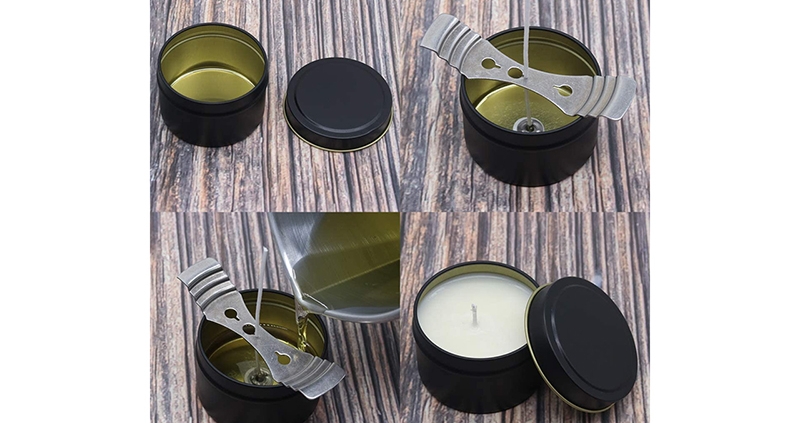
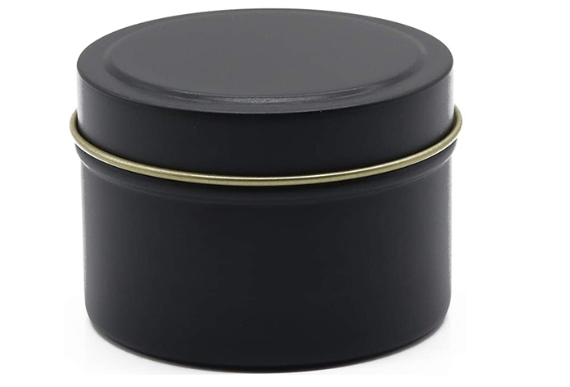
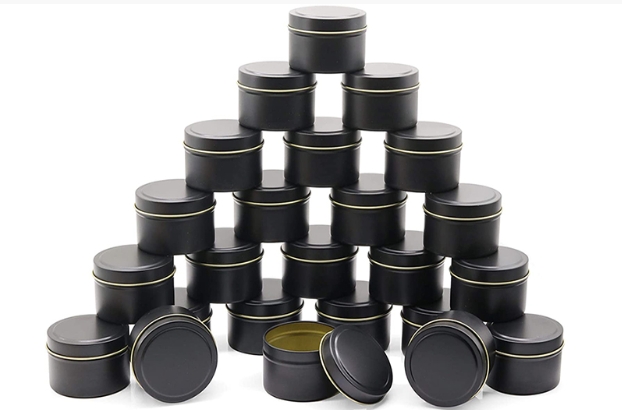
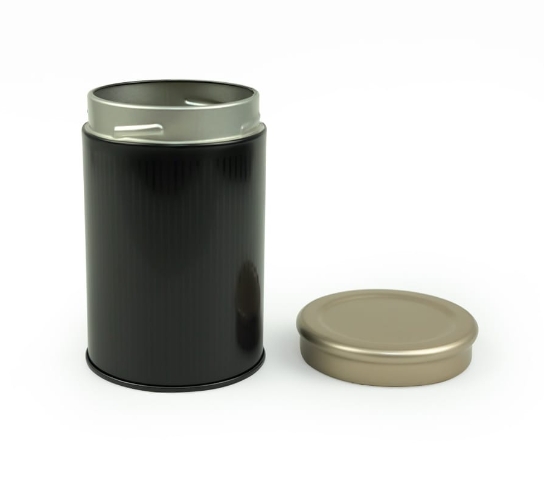
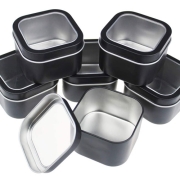
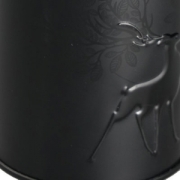
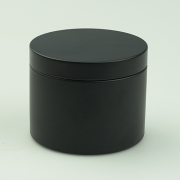
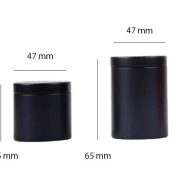

 Facebook
Facebook Twitter
Twitter Linkedin
Linkedin
